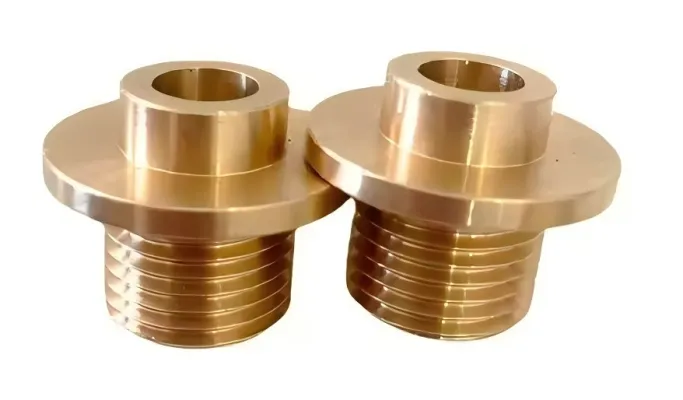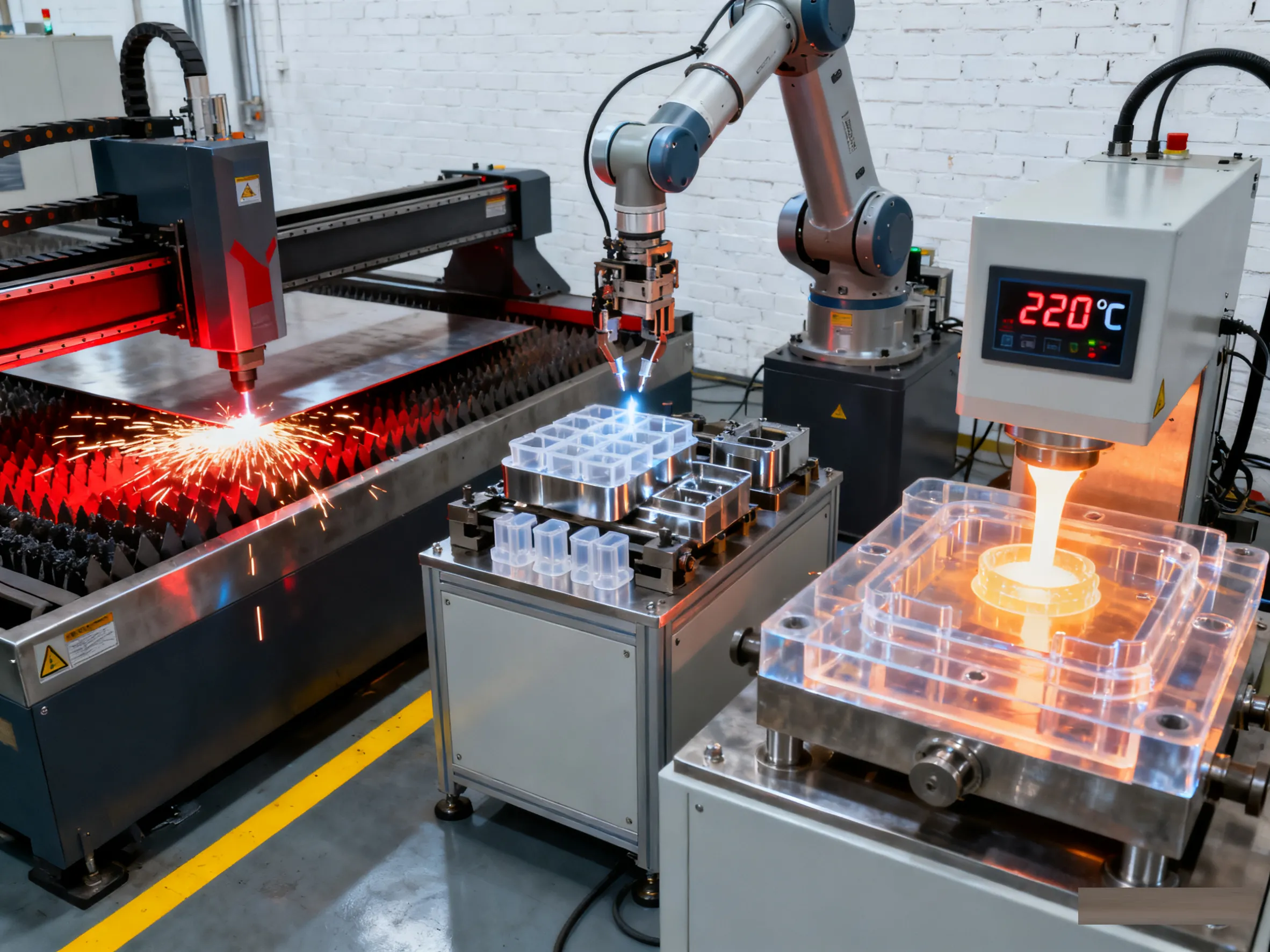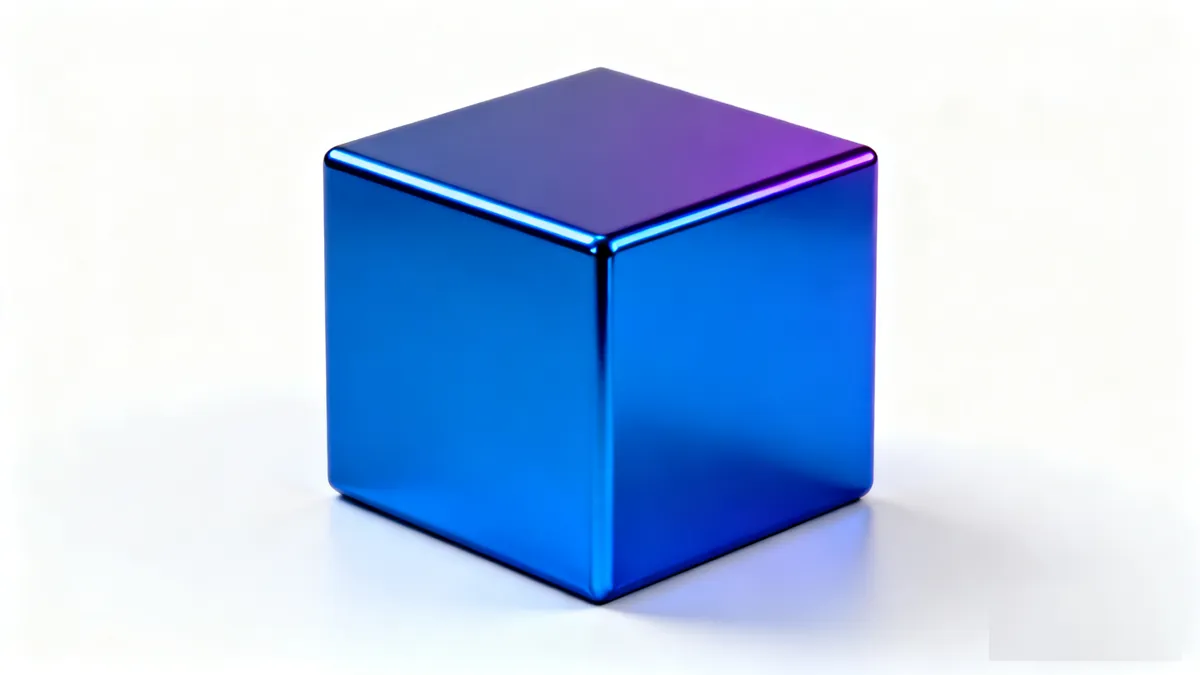Finishes and Post-Processing Options
Like stainless steel or copper, brass is often left uncoated due to its inherent conductivity, corrosion resistance, and low friction coefficient. However, clear coating is considered if the application is cosmetic and the part is exposed to the elements. Listed below are some useful surface finishes for CNC machined brass.
Hand polishing, buffing, or honing: Brass is often used for ornamental applications. This is in part because different brass alloys naturally show up in different colors. Polishing brass can produce a very smooth and shiny surface, making it ideal for aesthetic components.
As Machined: Brass readily accepts machining, so its freshly machined surfaces often come out with attractive finishes even without any extra attention. As such, it’s often viable to just leave the part as machined. The surface finish is further improved with additional finishing passes.


